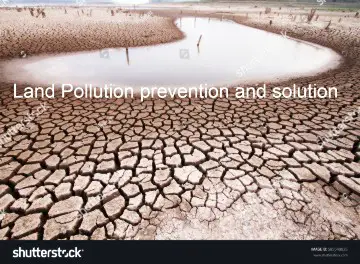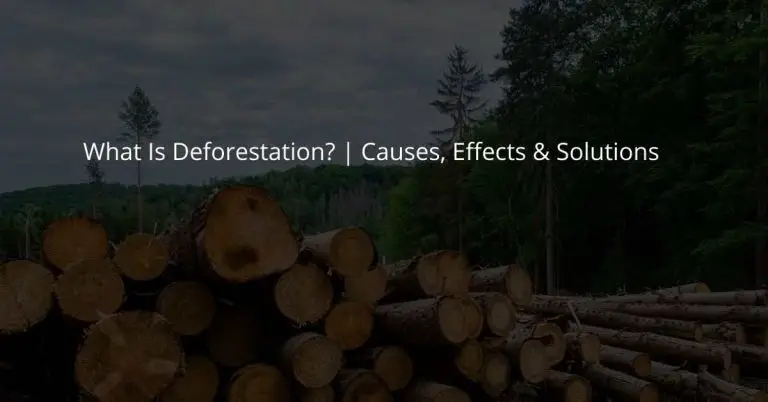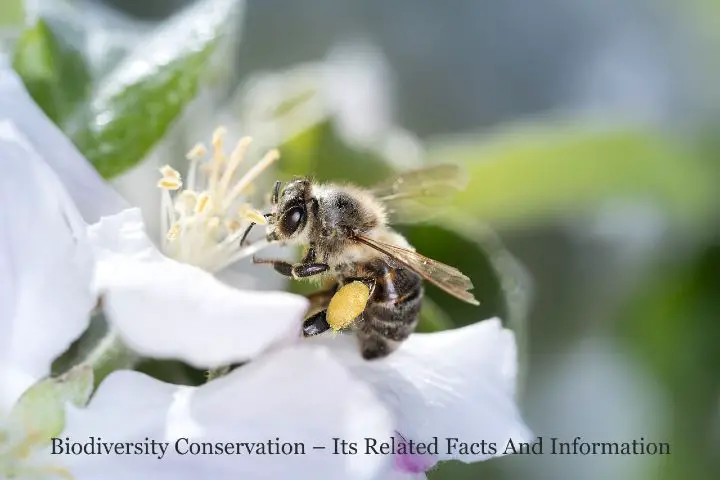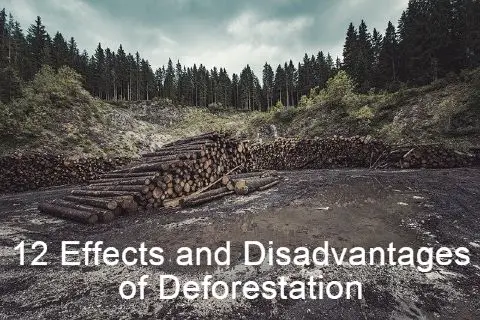The best way to reduce carbon footprint- Carbon Footprint Definition

In the race for progress, we have played so much with nature that ozone-depleting substances have started accumulating in the world’s climate. This development is mainly responsible for raising world temperature. Since these gases protect the Earth from heating up in space. Carbon emissions have an adverse impact on the environment,
For example, intense heat during summer, extreme cold in winter, Changes in land temperature, rise in sea level, softening of ice mass, unexpected recession, drought, and flooding, etc. The answer to this catastrophe would be to cut the carbon footprint of every person.
Definition of Carbon Footprint
“The carbon footprint” has been taken from the environmental footprint. However, it is part of the life cycle assessment. The carbon footprint of an individual, organization, or object can be evaluated based on the emission of greenhouse gases such as carbon dioxide.
In other words, CO2 emissions are the amount of carbon dioxide and other greenhouse gases that are emitted by the life cycle of any product or service. The carbon footprint represents the total carbon emissions by any unit, person, or product.
how carbon footprint is calculated
In the UK in 2006, the Carbon Trust introduced the idea of carbon footprint labeling on products, known as the Carbon Reduction Label. Labels help you calculate your carbon footprint by showing the amount of greenhouse gas in item production, including raw material picking and shipping, manufacturing, distribution, consumption, and disposal.
Carbon Footprint evaluates the impact of each of the activities, from running the company to product manufacturing, lifestyle, or climate change. Per capita input includes activities such as fuel use, spending, distance traveled, calorie consumption, and spending behavior.
The global emission factor maintains the associated life cycle as much as possible. On average, people living in a city emit 4.5 tons of carbon dioxide a year. By keeping the individual carbon footprints low, the Earth can be protected from climate change outbreaks.
A person’s carbon footprint can be calculated by major categories of consumers such as food, products, housing, travel, and services. In a broad sense, a carbon footprint not only takes into account the CO2 emissions of a particular activity but also estimates the emissions of all other greenhouse gases such as nitrous oxide and methane. Emissions from airport trails also affect the climate.
Causes of Carbon Footprint
1.Industrial Revolution
With the onset of the modern era, the use of fuel on a large scale began, which led to the emission of large amounts of carbon dioxide. During that time, forests and plants absorbed harmful gases such as carbon dioxide. But they were destroyed for farming and growing wood, land, minerals, and buildings needs.
Who has made such a situation today? Whatever carbon dioxide was first produced by humans was absorbed by the surrounding trees and forests. Trees absorb oxygen by absorbing carbon dioxide in the air, but today there are not enough trees to absorb the amount of carbon dioxide in the environment.
2. modern lifestyle
If we count the cars of every person on this planet, it would result in over 8 billion cars – enough to create a crisis for mankind. Apart from the pollution of the vehicles we use, there are many other reasons for the increase in carbon dioxide in the atmosphere. At the same time, 2.5 per liter of carbon dioxide emissions has been estimated by petrol and diesel.
We live in an era where our image is evaluated on the basis of electronic devices, an assumption that has contributed to the growth in the business of many equipment manufacturers around the world. Every electronic device such as a mobile handset processor promotes carbon dioxide in the air.
3. Use of Gas Fuel
The burning of fossil fuels in the environment emits carbon and other greenhouse gases. The electricity we use is mostly made up of fossil fuels (such as coal, natural gas, and oil). The more electricity we use, the more fuel is consumed to produce electricity, which further increases carbon dioxide. In fact, to meet human needs always requires some energy activity emitting carbon dioxide.
Most of the goods we use are made due to non-renewable resources being victimized in factories. Additionally, they are sent to far-flung areas by freight trains. Which consumes excessive fossil fuels.
4. Air travel
Traveling became quite helpful with essential services provided by many airlines. Employment of this method of travel is increasing rapidly; Cities with greater diversity are experiencing this method of airports. However, 95 kg of greenhouse gas is emitted by the craft.
5. Food
The food we tend to eat contributes greatly to our carbon footprint, especially when we eat processed foods or eat foods that are not made domestically.
6. Farming
Most agricultural processes are still carried out commercially in developed and developing countries as a result of which large-scale livestock production has promoted methane gas in the atmosphere.
7. Waste
No matter what process or activity is being carried out, the waste released from them is excessive. It also has a detrimental effect on the earth’s natural resources (flora, fauna, and oceans).
Effects of carbon footprint
The carbon footprint represents the amount of carbon found in the atmosphere through human activities, the main reason being transportation and power generation. The carbon footprint generated by human activities has taken a very dangerous form and is also a concern for the environment.
Some of the main side effects of carbon footprint are described below.
Threat to aquatic life
The carbon footprint generated by human activities also largely affects the life of aquatic animals like marine whales, dolphins, turtles, etc. Many types of ships, whether for transport or fishing, all leave their carbon footprints in the water when traveling in deep water.
Plastic is often consumed by sea turtles, considered their natural food, which is often found dead due to its digestion. Thousands of dead fish are found on the shore due to the fuel and waste spread by the ships. Due to this pollution spread in the water, aquatic life is not able to breathe.
The exploitation of natural resources
Human benefit functions such as factories also play an important role in the exploitation of natural resources, emitting significant amounts of carbon footprint into the environment. Many tons of chemical waste from these factories are found in water sources and rivers. Due to which the water becomes contaminated and becomes unusable.
Apart from destroying aquatic life, chemical pollution also affects terrestrial life. Due to this pollution, many people suffer from diseases throughout their life.
Apart from this, man-made carbon footprint plays an important role in harming natural resources, which causes a lot of damage to the environment. Erosion is generated by activities such as mining, which causes water and dust to accumulate in the pits. The chemicals generated during mining operations not only pollute the soil and water but also cause the destruction of forests, which affects the environmental balance.
Human activities such as transport and production produce many tons of greenhouse gases and many types of pollutants, such as carbon monoxide, carbon dioxide. This reduces the quality of the air and also reduces the amount of oxygen in the air.
Loss of natural habitats
Due to many human activities, life and natural resources are getting depleted from the earth. The carbon footprint generated by human activities is one of the main reasons for the extinction of natural habitats, due to which there is a lack of food and space for humans and animals to survive. Due to the extinction of this natural habitat, the conflict between humans and animals is increasing.
As such, the natural habitat of humans and animals is almost on the verge of extinction due to the construction of industries, roads, mining, and highways. Many acres of forests and thousands of trees are cut down to build new roads and factories, converting the lush green forests into man-made concrete forests.
Greenhouse gas emissions
Many human activities, such as electricity generation and transportation, emit greenhouse gases such as carbon dioxide into the environment, raising the Earth’s general temperature. An increase in the level of greenhouse gases leads to an additional increase in the temperature of the earth, which is called the effect of greenhouse gases.
Transport alone increases the amount of carbon dioxide in the atmosphere by 35%, which is one of the important greenhouse gases. Many plastic manufacturing companies also significantly increase the carbon footprint, emitting millions of tons of greenhouse gases.
Weather change
Climate change is also one of the main effects of carbon footprint. Naturally present greenhouse gases in the Earth’s atmosphere, such as carbon dioxide, nitrous oxide, methane, vapor, help to keep the temperature of the Earth normal by preventing the sun’s radiation. But the amount of these naturally present greenhouse gases is increased by greenhouse gases arising from transportation and factories.
An increase in the number of greenhouse gases leads to the ill effects of a greenhouse, such as an increase in the Earth’s surface temperature. As the Earth’s temperature rises above normal, we may face severe problems related to many environments such as the melting of glaciers and increasing sea levels.
Ways to reduce carbon footprint
Carbon trading
It is an agreement on carbon emissions, each country has a ceiling on carbon emissions. To the extent that carbon emissions are allowed. If a country or company fails to meet the following emission targets, it may face penal provisions imposed by England and other European countries.
Carbon commerce is one of the first of all efforts to scale greenhouse gas emissions. During this trade, the respective countries, groups, and corporations can transfer technology for every option so that carbon emissions can be controlled for precise speed.
According to this trade agreement, developed countries that emit excessive carbon are entitled to release carbon into the atmosphere of countries emitting less carbon dioxide. Under this arrangement, he can buy the rights in the atmosphere of low carbon-emitting countries, and under this, he can help in the environmental schemes of his poor countries.
Countries that easily achieve emission standards can obtain additional pollution standard certificates and can sell these pollution standard certificates to those other areas. Those who are unable to achieve carbon emission standards.
Planting trees on vacant land is also a direct solution to this problem. According to an estimate, by planting trees on millions of hectares of vacant land, they can earn billions of rupees from the carbon business. This trade, on the one hand, will provide the development of forests and the protection of wild animals. On the other hand, it will help local residents to obtain wood and other types of forest products.
Small steps and big effect
The vehicles you use, along with electricity, your entire lifestyle contributes to increasing the carbon footprint. To scale back the dioxide within the atmosphere, you must use things judiciously, doing a greater amount of walking. Transport and reusable goods should be used and only regionally manufactured things should be used.
With many straightforward and sensible measures, you will be able to cut your personal carbon footprint with success and build a small little contribution to change the surroundings and save the world. Some of these efforts are as follows:
- To reduce carbon dioxide emissions, you are requested to use public transport, instead of using your private vehicles to make short journeys.
- If your workplace is near your home, you can try going there on walking or using a bicycle. Due to this, your health will also improve.
- Save energy as much as possible. To reduce the impact of carbon footprint. Energy star-rated products should be used as star-rated devices save energy by up to 15%. These savings also reduce your additional expenses.
- Another way to reduce carbon dioxide is a plantation, that’s why we should plant more and more trees. Because a tree absorbs about one ton of carbon dioxide gas during its lifetime.
- To eliminate your carbon footprint completely, you can plant more trees and become ‘carbon-free by taking care of them.
- Avoid traveling short distances from your vehicles. Driving enhances your personal carbon footprint. If more people use cars for personal travel, it only promotes traffic congestion and poor air quality results.
- Washing clothes should be used for washing clothes only when the clothes are more than enough.
- We should use a more energy-efficient dishwasher and leave our utensils to dry in an open environment instead of drying them with electronic heat.
- Adequate air pressure should be kept in the tires of your vehicles, by doing this we can save up to 3% fuel per month.
- For plastic, glass, metal, and paper, etc. we should adopt the process of recycling.
- Foods are made using lots of energy. That is why we should never waste food items and always eat fresh food. Energy consumption can be reduced by using locally available foods.
- We should always consume organic food. An estimated 14% of greenhouse gas emissions in the US are due to the production and transportation of food. No official data has been prepared for our country, but considering the vastness, diversity, and variety of tastes of the logo, the figure of 8-10 percent can be estimated for this. We should use organic and locally manufactured foods. As responsible citizens, we should support organic farming in a big way and buy only the products grown by such a process.
- In addition, by reducing meat consumption, we can reduce our carbon footprint.
- Avoid using canned, processed items. Small tasks done by you can prove to be helpful to save the world.
- Use natural (renewable) energy as much as possible.
- Similarly, when the devices are left in standby mode they produce several kilos of carbon dioxide. Therefore, if not used, they should be discontinued.
- Simultaneously, we should use electronic products of permanent utility. As responsible citizens, we should stop the process of repeatedly changing our mobile handsets to control our carbon footprint.







